
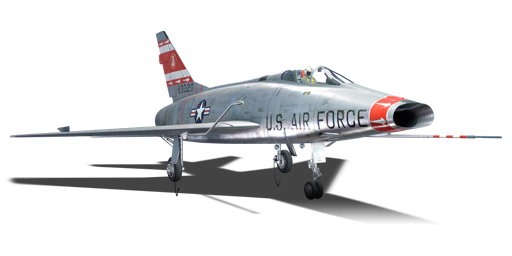


The F-100D is an American jet fighter. It was introduced in Update 1.85 "Supersonic" and was one of the first three jets to feature guided air-to-air missiles, the other two being the MiG-19PT and the Javelin F.(A.W.) Mk.9.
The dogfighting days of World War II were over and while there was air-to-air combat during the Korean and Vietnam Wars, it was nowhere the level of previous wars. Jets were becoming faster, electronics and avionics were making them more manoeuvrable and the fighters were able to carry extremely large amounts of ordnance. The F-100D was no exception to this, as it was designed to be a ground attacker first and a fighter/interceptor as a secondary role. One noticeable difference from earlier aircraft is that early on in development the F-100D was known as the 45-Sabre (officially later it was dubbed Super Sabre) due to its wings being swept back at a 45° angle. The fighter's elevators were also swept back to help increase the aerodynamics of the aircraft. This, combined with a strong engine, upgraded avionics and early computer systems made this the first US fighter which was able to fly faster than the speed of sound in level flight.
Weapon loadout options allow the pilot to tailor the aircraft to their playstyle or even mix it up depending on the map they are flying. This fighter excels as a ground attack bomber utilizing up to 6,000 lb of bombs, AGM-12B Bullpup missiles, Mighty Mouse rockets or several combinations of the three. Whether you are into dropping and running or firing and forgetting, there are ordnance choices will fit the pilot's style. For those pilots who want to hunt fighters and bombers, the four nose-mounted 20 mm cannons and choice of AIM-9B/E Sidewinder air-to-air missiles will fit the bill. The Sidewinders can also be used an intimidation factor as pilots with one on their tail must focus on outmanoeuvring the missile, providing you with the opportunity to manoeuvre in and line up the kill-shot with your cannons if the missile does not make contact. The speed of the F-100D can come in handy when attacking bomber aircraft as Boom & Zoom tactics will help you avoid any defensive weapons allowing you to wreak havoc during an attacking dive.
With the advent of other faster supersonic aircraft such as MiG-21s, J35As, and F-5s as well as powerful missile wielding A-5Cs, Su-25s and A-10s, aircraft lacking countermeasures such as the F-100D tend to be seen as easy prey. However, if handled correctly, the F-100D can be a formidable aircraft in both the fighter and strike roles.
flaps
flaps
flaps
brake
| Belt | Belt filling | Armor penetration (mm) at a distance: | |||||
|---|---|---|---|---|---|---|---|
| 10 m | 100 m | 500 m | 1000 m | 1500 m | 2000 m | ||
| HEF-I/HEF-I/API-T/AP-I | 42 | 37 | 23 | 13 | 7 | 4 | |
| HEF-I/API-T/AP-I | 42 | 37 | 23 | 13 | 7 | 4 | |
| HEF-I/HEF-I/HEF-I/API-T/AP-I | 42 | 37 | 23 | 13 | 7 | 4 | |
| API-T/AP-I/AP-I | 42 | 37 | 23 | 13 | 7 | 4 | |
| HEF-I/HEF-I/HEF-I/AP-I | 42 | 37 | 23 | 13 | 7 | 4 | |
| Name | Weight | Slot | ||||||
|---|---|---|---|---|---|---|---|---|
| 19 × | 229.6 kg | 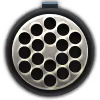 |  | |||||
| 19 × | 233.7 kg |  |  | |||||
| 240.9 kg |  |  |  |  |  |  | ||
| 362.4 kg |  |  |  |  |  |  | ||
| 254 kg |  |  |  |  |  |  | ||
| 401.4 kg |  |  |  |  |  |  | ||
| 446.8 kg | 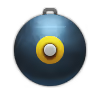 |  |  |  | ||||
| 72.6 kg | 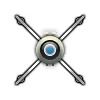 |  | ||||||
| 2 × | 145.1 kg | 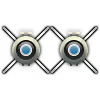 |  | |||||
| 2 × | 152.9 kg | 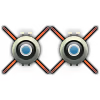 |  | |||||
| 259 kg | 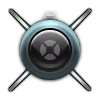 |  | ||||||
| 3 × | 722.7 kg | 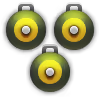 |  | |||||
| 2 × | 724.8 kg | 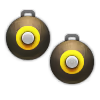 |  | |||||
| 2 × | 802.8 kg | 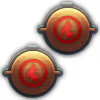 |  | |||||












Flight performance | |
|---|---|
Survivability |
|---|
Weaponry | ||
|---|---|---|